
Wisdom Publications
199 Elm Street
Somerville, MA 02144 USA
wisdompubs.org
2018 by Gesshin Claire Greenwood
All rights reserved.
No part of this book may be reproduced in any form or by any means, electronic or mechanical, including photography, recording, or by any information storage and retrieval system or technologies now known or later developed, without permission in writing from the publisher.
Library of Congress Cataloging-in-Publication Data
Names: Greenwood, Claire Gesshin, author.
Title: Bow first, ask questions later: ordination, love, and monastic zen in Japan / Claire Greenwood; foreword by Brad Warner.
Description: Somerville, MA: Wisdom Publications, 2018. | Includes bibliographical references and index. |
Identifiers: LCCN 2017023332 (print) | LCCN 2018007235 (ebook) | ISBN 9781614294115 (ebook) | ISBN 1614294119 (ebook) | ISBN 9781614293972 (pbk.: alk. paper) | ISBN 161429397X (pbk.: alk. paper)
Subjects: LCSH: Greenwood, Claire Gesshin. | Zen Buddhism Biography.
Classification: LCC BQ982.R44 (ebook) | LCC BQ982.R44 A3 2018 (print) | DDC 294.3/927092 [B] dc23
LC record available at https://lccn.loc.gov/2017023332
ISBN 978-1-61429-397-2 ebook ISBN 978-1-61429-411-5
22 21 20 19 18 5 4 3 2 1
Cover design by Philip Pascuzzo.
Foreword
G ESSHIN GREENWOOD IS THE REAL DEAL. Shes an honest-to-Buddha Zen nun, with the shaven head to prove it. She went through the kind of rigorous training in traditional Zen temple practice that most of the folks you see writing puffed-up fluff pieces for those slick spiritual magazines by the check-out stand at Whole Foods avoided like politicians evading the draft. I certainly never did half the arduous stuff Gesshin managed to do and, amazingly, to somehow survive.
I first met Gesshin at Tassajara Zen Mountain Monastery in Northern California. We were both there doing the summer work-practice thing. Thats where they put you to work serving the paying guests who come during the summer to soak in the hot springs and eat gourmet vegetarian food. But work-practice students like us had to follow the monastic schedule and rules. I think we met when we were both shoveling sand into a pit or something.
I was amazed that someone as young as she had such a deep background in Buddhist practice experience. Lots of people you meet at places like Tassajara brag about having done all sorts of cool Buddhist stuff. But when you look into it, it usually turns out theyve done all those things theyre so proud of for around three hours apiece, like they went and took a class about vipassana once, and another time they hung around at the back of a Tibetan Buddhist temple watching the monks cook rice or something. Then they tell the readers of their blogs about how they studied a dozen forms of Buddhist practice.
Gesshin, on the other hand, really did all the stuff. Like, for realsies! She actually immersed herself in Japanese Zen temple life for years doing all the ceremonies, all the services, all the cooking and cleaning and the rest of it. She didnt just attend some intro to Zen meditation event so she could tick it off on her rsum of spiritual experiences. She dove all the way into it.
Thats what makes this book so valuable. Its rare that someone from the West does any of this stuff, rarer still when they write about it, and yet even more rare that their writing is as good as Gesshins is. This is a truly unique document of a truly unique lived experience.
BRAD WARNER is the author of Hardcore Zen: Punk Rock, Monster Movies, and the Truth about Reality and numerous other books.
| Welcome to My Tea Shop, Heres a Hot Poker for You |
If you do not separate from the monastery for your whole life, even if you do not speak for five or ten years, nobody can call you mute.
DOGEN ZENJI, SHOBOGENZO GYOJI
I hate silence when it is time to speak.
KASSIA, BYZANTINE NUN, NINTH CENTURY
T HE LAST WEEK I WAS IN JAPAN, before moving back to America, my teacher gave me Dharma transmission, certifying me to teach Zen, and told me not to tell anyone about it. Dont announce it, he warned me. Wait ten years to tell people. Then he gave me his grandfathers kotsu , the small wooden staff used by abbots during ceremonies, and told me, You can teach now. Actually, I dont remember the exact order of things. Its possible that he first gave me his grandfathers kotsu, told me I could teach and then told me not to announce anything for ten years.
A few days later I was on a plane back to America. The whole event reminded me vaguely of the story of the Sixth Zen Patriarch, Daikan Eno (Huineng, in Chinese), whose teacher transmitted the Dharma to him secretly, at night, and told him to stay hidden for sixteen years until he found the appropriate place to spread the Dharma. There is a long tradition of Zen masters hiding out in secret for years before being discovered by eager students.
ALMOST A YEAR AFTER DHARMA TRANSMISSION, I have no interest in being the kind of teacher who sits on the high chair in the zendo , the meditation hall, and has private meetings with students to test their understanding of reality. On the other hand, I relate a lot to the Zen story about the old lady Zen master who runs a teahouse, making delicious tea for unassuming customers and responding to anyone who asks her about Zen with a hot poker. Shes just trying to do her thing, make her delicious tea, run a teashop as old Zen ladies do. Why does everyone have to bug her with questions about samadhi and relative and absolute realities? Why dont they just drink their tea?
But despite my grumpy-Zen, old tea-lady attitude, I want to write and share this book. It has been a long journey to get to the point where I could even relate to being a Zen master (or at least a Zen book writer), albeit a grumpy, old, hot-poker-wielding one.
The first time I tried to write this book I was twenty-two years old. The stock market had crashed in 2009, when I was a senior in college, which meant that even if I had wanted a job, there were none. There were no jobs at Starbucks. There were no jobs at McDonalds. Noble low-paying jobs at a nonprofit? Forget it. I was an English major, doing a creative writing thesis that was a collection of love poetry, and so I was even less marketable than I could have been. So I did what any self-respecting, spiritual white girl would have done: I went to India.
India was a short-lived mess and so I rapidly ended up in Japan, where my college boyfriend, Nate, was studying abroad. He introduced me to Seido Roshi, the monk who would eventually become my teacher; he was also the abbot of a monastery where Nate had spent some time. I stayed for half a year, mostly just trying to wake up at 4 A.M. and keep my head above water. When I couldnt get a visa to stay in Japan, I went back to America and lived with Nate. I was still unemployable, still confused, still lost. Nate didnt want to get married, and I did, but marriage was also the only plan I had, and I knew I was more than that.
It was there, back in America, at age twenty-two, that I tried to write the first draft of this book. I didnt know it was a first draft at the time. It was a novel; it was fiction starring an exaggerated version of me: she was brilliant, beautiful, and miserably unhappy, recovering from a nervous breakdown. Nate called her the main claireacter because she was so much like me.
It was a good novel. It was sexy and dark. It was intelligent, vulnerable, and kinky, kind of like Franny and Zooey meets Fifty Shades of Grey . The claireacter was drifting through life, too intelligent for her own good, doing all sorts of destructive things to herself and others.

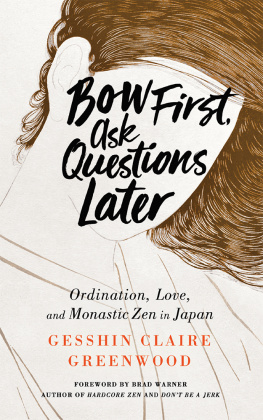
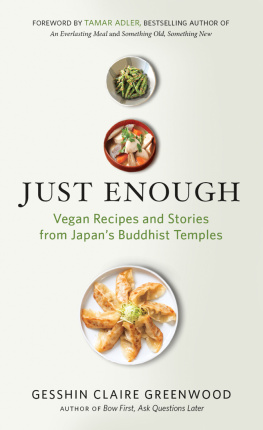



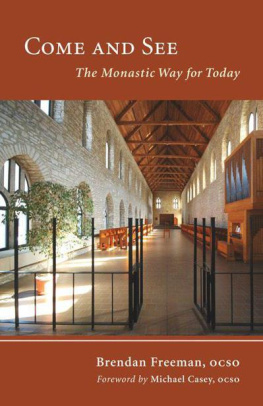
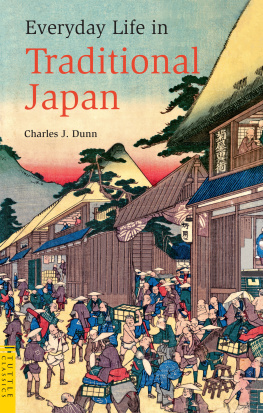
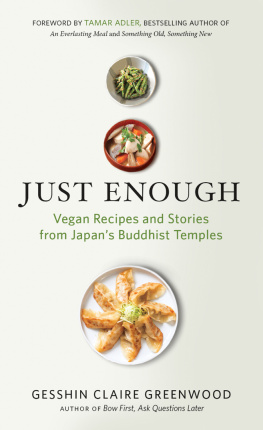

![Miyoko Nishimoto Schinner - Japanese Cooking: Contemporary & Traditional [Simple, Delicious, and Vegan]](/uploads/posts/book/41405/thumbs/miyoko-nishimoto-schinner-japanese-cooking.jpg)
